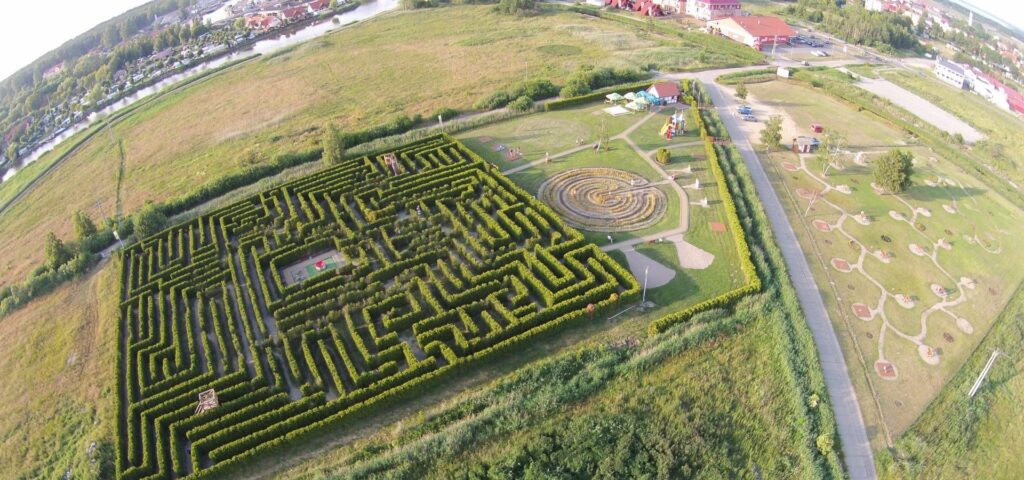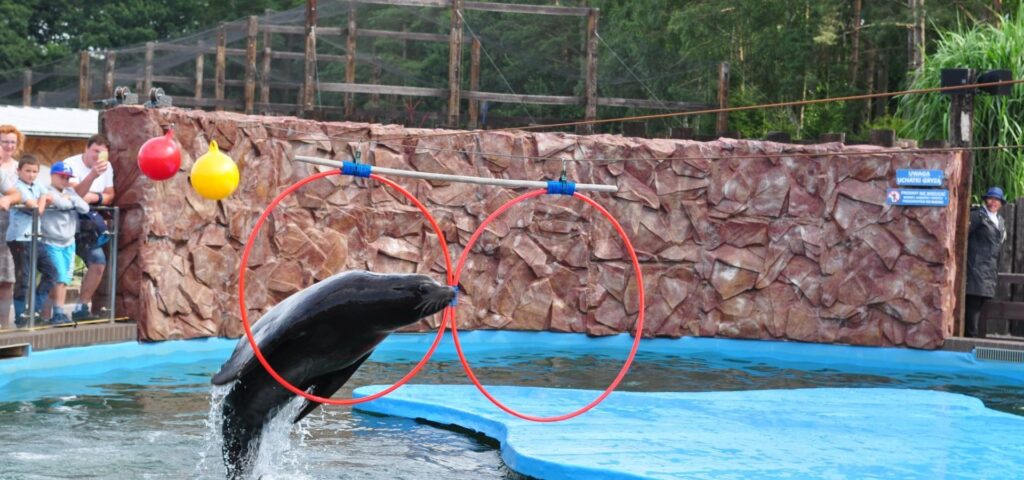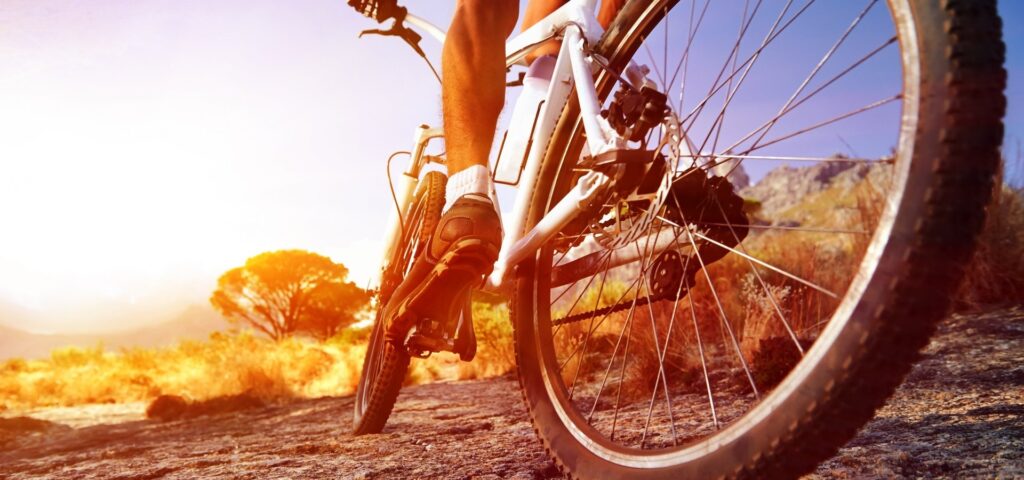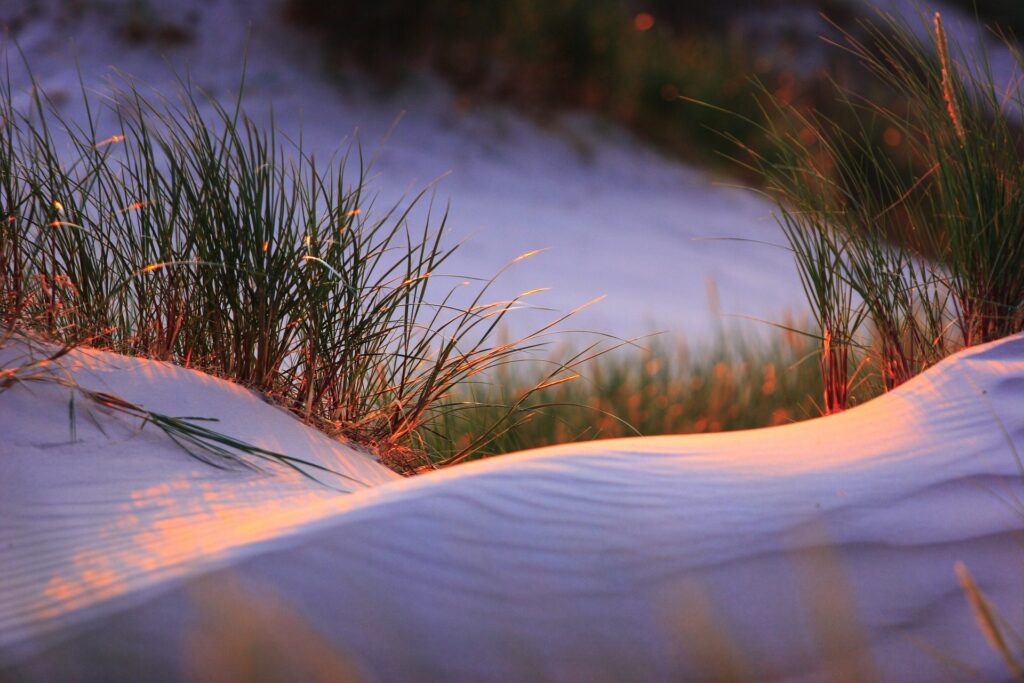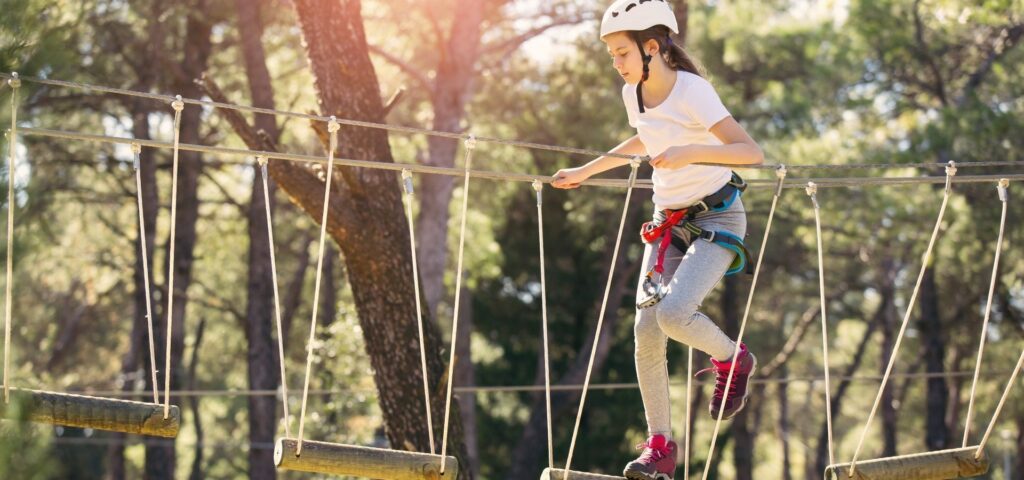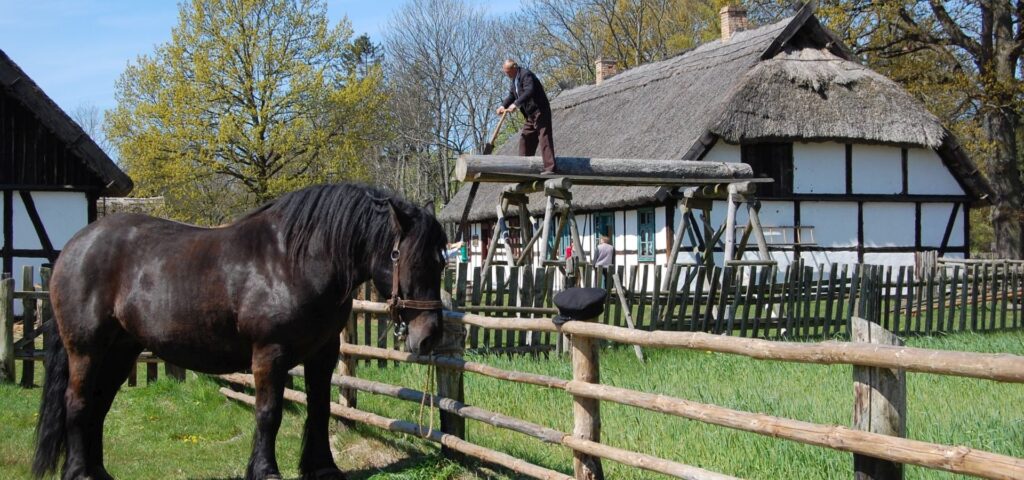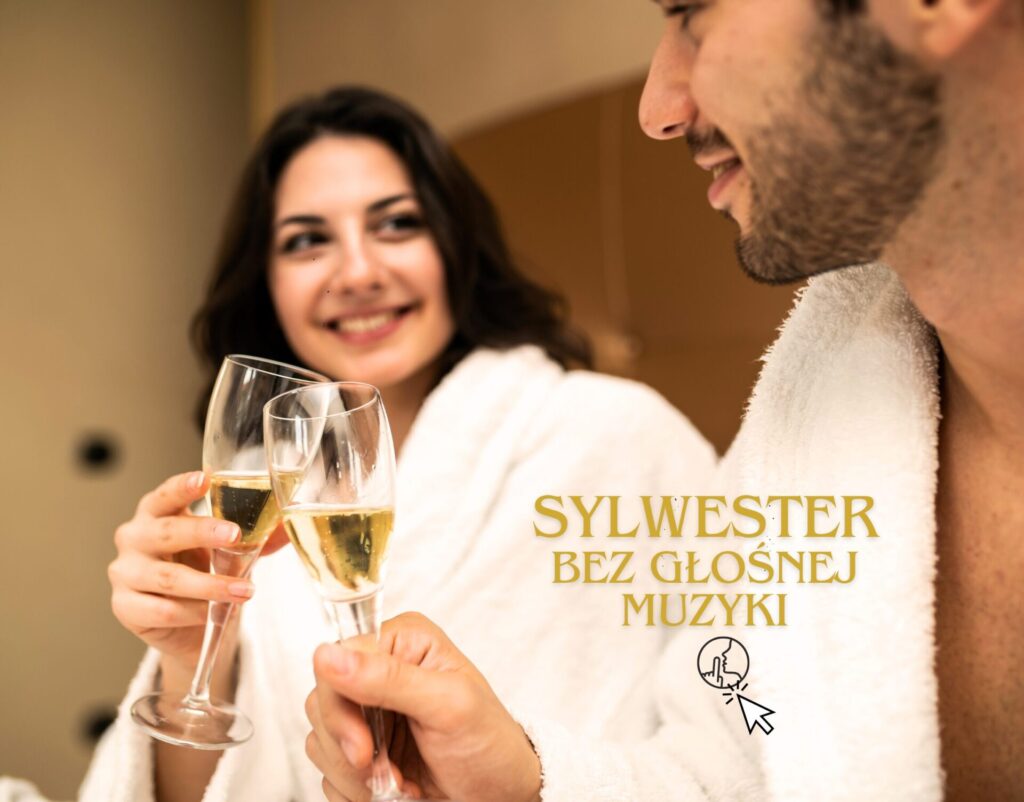How to swim safely and enjoy the Baltic Sea in the off-season
A sea different from summer - beautiful but challenging
The Baltic Sea in the off-season impresses with its raw beauty. The emptiness of the beach, the cool air, the waves and the wind create a setting that attracts lovers of nature and tranquillity.
However, the sea at this time of year also has another side - it is unpredictable, colder and more challenging. Therefore, if you want to swim or bathe in autumn or winter, it is worth knowing how to do it safely.
Temperature - the most important safety factor
From September to May, the water temperature in the Baltic drops significantly. In October it is usually around 10-12°C, in winter only 2-4°C.
For the untrained body, such a swim can be a shock. Therefore, never enter the water unprepared - even if the weather seems mild.
Cold water causes violent muscle spasms, accelerated breathing and a drop in body temperature. It is therefore worth knowing the rules to help avoid the risks.
Rule number one: don't swim alone
Whatever the season - never bathe alone. In the off-season, the beaches are empty, lifeguards are not on duty and the weather can change in minutes.
It is safest to swim in the company of others, preferably with someone experienced. If you are going to the seaside in the colder season, let someone know where you are going and what time you plan to return.
Walruses - health with reason
Bathing in the cold sea, or walrus bathing, has become very popular in recent years. It is a great way to boost immunity, improve circulation and oxygenate the body.
However, to be safe, it must be done with a head.
Before you enter the water:
- Warm up - do some sit-ups, jumping jacks or a short run,
- do not enter after alcohol or just after eating,
- don't dive in headfirst,
- Start with short baths - 1-2 minutes is enough.
When you get out of the water, dry yourself thoroughly, dress yourself in onions and drink something warm.
The right equipment - a guarantee of comfort and safety
For those who want to swim in the colder months, neoprene wetsuits are an excellent option. They protect against chilling and allow you to stay in the water for longer.
It is also worth stocking up on:
- neoprene cap,
- protective gloves and boots,
- belay buoy (facilitates visibility and helps in case of cramp).
Remember that even the best prepared equipment is no substitute for common sense.
Watch the sea and the weather
The Baltic can be capricious. Before you enter the water, look at the waves and the horizon. If the wind is strong and the waves are high - give up.
Avoid swimming during thunderstorms or strong winds, especially in an easterly direction (this pushes the water deeper into the bay, creating dangerous back currents).
A good time to swim is on calm, windless days when the water is clear and the sea is calm.
No lifeguards in the off-season - be your own keeper
Once the summer is over, lifeguards leave the beaches and medical points are often closed. This means that the responsibility for safety rests entirely with you.
Don't stray too far from shore, don't swim after dark, don't overestimate your abilities.
Sometimes it's better to just dip your feet or swim close to shore for a short while rather than take a risk.
Swimming not only in summer - the benefits of contact with the cold sea
Regular contact with cold water has many benefits:
- strengthens immunity,
- improves circulation,
- supports muscle regeneration,
- reduces stress levels,
- stimulates the secretion of endorphins, the natural hormones of happiness.
This is why more and more people are choosing the sea not only in summer, but also in autumn and winter - as a form of natural therapy for body and spirit.
Walking along the seashore - an alternative to swimming
If you prefer the heat, you don't have to get in the water to enjoy the benefits of the sea.
Walking along the beach shore on cooler days is an excellent way to oxygenate the body and absorb iodine.
Even 20 minutes of such a walk a day boosts immunity and improves wellbeing.
After the bath - regeneration and warmth
After a cold immersion, it is a good idea to let the body return to its natural temperature. W The Sea Crucible A warm relaxation area awaits - sauna, massages and aromatic baths.
It is the perfect way to end the day after an encounter with the cold sea. The warmth, the smell of wood and the tranquillity help to balance out the intense beach experience.
The Baltic off-season - an element that teaches humility
The sea in autumn and winter is beautiful but powerful. It demands respect, consideration and attentiveness. If you approach it with humility, it will repay you with something extraordinary - a sense of freedom, purity and inner strength.
Using the Baltic safely in the off-season is not just a matter of rules - it is a way to really feel its nature and understand that the sea is a friend, as long as we can listen to it.
Maritime Melting Pot - a safe haven after an encounter with the sea
After a chilly walk or swim, it's always good to return to a place that offers warmth and calm.
Hotel Morski Tygiel is the ideal base for lovers of the Baltic Sea at any time of year - cosy, close to nature, wrapped in the scent of wood and the sound of waves.
Here, everyone will find their own rhythm - between the tranquillity of the sea and the comfort of the interior.
Because the sea doesn't end with summer. Sometimes it is only then that it really begins.
